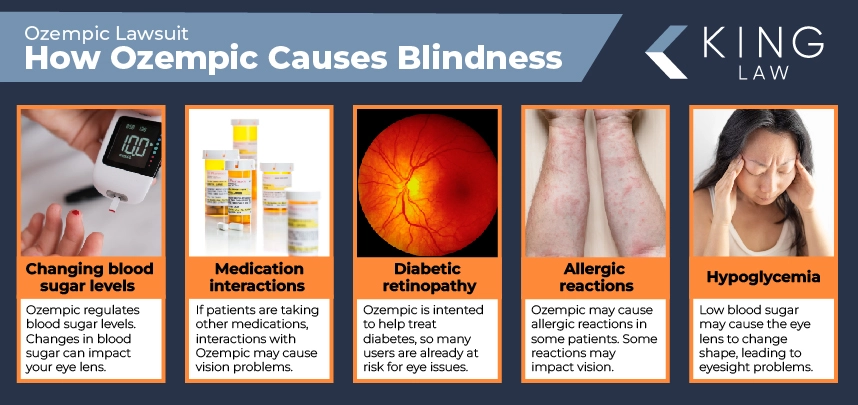Arise of Ozempic, in an Indian scenario: Cause, Effect, Analysis

Mounjaro. Ozempic. Wegovy. Zepbound. All these are brand names linked in some way to diabetes and weight loss-or, as the President of the United States, Donald Trump, refers to it, the “fat shot” drugs.
Today, the weight loss drug market is growing at an astonishing rate.
Data suggest this USD 1.92 billion market in 2023 will balloon to USD 50.26 billion by 2032. And there’s no doubt India will be one of the countries significantly contributing to this growth. After all, we are the diabetes capital of the world and are now also grappling with a rising obesity problem.
How it gained traction
Actor Ram Kapoor, producers Boney Kapoor, Sajid Nadiadwala, and rapper Badshaah are the latest to join the league. The reasons they cited for their weight loss were largely the same: a balanced diet, discipline, exercise, and making lifestyle changes.
But their exceptional transformation led to speculation that they used blockbuster drugs like Novo Nordisk’s Ozempic or Wegovy. Not just these, but many other anti-obesity drugs have entered the Indian market. Ozempic has not been officially launched in India.
Along with weight loss, Ozempic, also sold under the brand name Wegovy, has gained a reputation for its unpleasant side effects. The most common side effects people report are nausea, diarrhoea, or other digestive problems.
In yet another serious adverse effect, the well-known weight-loss medication Ozempic, manufactured by Novo Nordisk, has been connected to extremely rare instances of a dangerous eye disorder that can result in blindness. According to the European Medicines Agency’s safety committee, up to 1 in 10,000 patients who have been using semaglutide, the active component of Wegovy, Ozempic, and another diabetes medication called Rybelsus, for at least a year may develop the illness. This is quite concerning because the drug has been gaining a lot of popularity because it helps people lose weight, and individuals have begun using it over the counter.
The New Side Effects
Popular GLP-1s like Ozempic and Wegovy, which imitate gut hormones to control blood sugar and suppress hunger, are the subject of the latest debate in the health sector. Despite high costs and many unpleasant side effects, most often gastrointestinal (e.g., nausea and vomiting), the demand for the class of drugs has skyrocketed.
According to the committee, there is a very small chance that the weekly injections will result in a serious eye condition that could cause blindness. This is the first time a regulator has verified the side effect after earlier research in individuals with Type 2 diabetes connected Ozempic to non-arteritic anterior ischemic optic neuropathy (NAION). After glaucoma, NAION is the second most frequent cause of blindness brought on by damage to the optic nerve.
The committee advised people who encounter the negative effects to cease using semaglutide products. Since December, it has examined the results of two Danish studies that connected Ozempic to the disease in people with diabetes.

Another possible eye-related side effect raised concerns about GLP-1. According to a University of Toronto study published in JAMA Ophthalmology, diabetic patients who take GLP-1 medications have a twofold increased risk of developing neovascular age-related macular degeneration (nAMD) in comparison to those who do not.
The study also discovered that patients’ chances of acquiring nAMD increased with the length of time they were treated with these drugs. The less prevalent but more severe kind of age-related macular degeneration is called AMD, or wet AMD. In the United States, it is the primary cause of irreversible vision loss among older persons.
The researchers consulted health records from Ontario, Canada. They analysed almost 140,000 persons with Type 2 diabetes to investigate a potential connection between GLP-1 use and wet AMD. Semaglutide was administered to patients in the vast majority of cases.

Indian Role in Preserving Vision
As India gets ready for a surge in the use of anti-obesity drugs like Ozempic, it is imperative to have policies in place to safeguard the public, especially concerning eye health. Regulating bodies must mandate clear warning labels on possible eye-related adverse effects, such as blurred vision, worsening diabetic retinopathy, and uncommon disorders like NAION (Non-arteritic Anterior Ischemic Optic Neuropathy). Regular follow-ups must be encouraged, and pre-treatment eye tests should be advised, especially for individuals with diabetes or a history of retinal problems.
Public health campaigns should also emphasise the value of regular eye exams, particularly for those who take blood sugar-lowering drugs. Endocrinologists and ophthalmologists must collaborate to monitor any new developments in drug-related vision problems. Given the high number of people with diabetes and pre-diabetes in India, an integrated care strategy is necessary to make sure that the advantages of weight-reduction drugs do not result in permanent vision loss
The Rise of Ozempic and Wegovy
Ozempic, alongside Wegovy—a semaglutide-based drug for weight management—has not only spurred Denmark’s economy but also elevated Novo Nordisk’s market cap above that of Tesla. John Dawber, Corporate VP and Managing Director of Global Business Services at Novo Nordisk, highlighted the growing interest in medicalised obesity, noting that the company’s research into diabetes treatments began about two decades ago and eventually led to weight management benefits. “Medicalised obesity has exploded over the last couple of years, and everybody’s interested in it,” Dawber said.
Conclusion
Riding on a surge in global demand for its patented obesity and diabetes medicines Ozempic, Wegovy and Rybelsus, Denmark-based global healthcare major Novo Nordisk registered 26% growth in global sales to end 2024 with annual revenue of $43 billion. In an exclusive interaction with Fortune India, Lars Fruergaard Jørgensen, President and CEO, Novo Nordisk, tells how the company is focusing on key therapeutic areas to sustain growth and how important India is for Novo Nordisk.
As the base grows larger, it becomes harder to sustain the growth percentage. But in absolute terms, we have been growing for the last couple of years.
Written by – Purnendu Bhowmick
Edited by – Neelambika Kumari Devi
The post Arise of Ozempic, in an Indian scenario: Cause, Effect, Analysis appeared first on The Economic Transcript.


